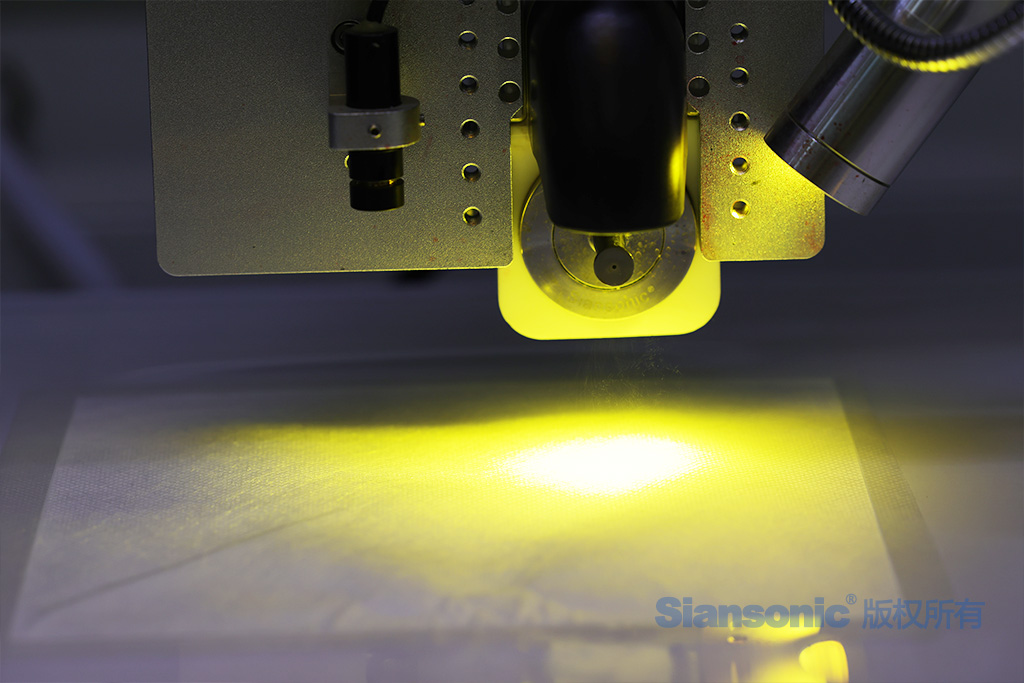The copyright of this article belongs to Siansonic Technology.The production is prohibited without permission.
Electronic textiles are an emerging technology playing a strategic role in various fields, such as the internet of things, remote health monitoring, medical treatments, and human-machine interfaces. There are still many challenges to overcome with this technology, one of the key challenges being how to seamlessly integrate electronics into textiles while maintaining their softness and comfort. Therefore, achieving conductive coatings that conform to the irregular and rough structure of fabrics is crucial in this field. One strategy to achieve this is by using ultrathin two-dimensional materials that are only a few atoms thick, which exhibit high flexibility and high fracture strength. Graphene has become a focal point of research for conductive textiles due to its excellent mechanical, electrical, and optical properties. Its biocompatibility and the ability to process graphene at scale further promote its application in electronic textiles.

Figure 1.Ultrasonic nozzle spray non-woven fabric
Incorporating graphene sheets into fabrics creates a soft, flexible, skin-like product with controllable conductivity. Research has shown that a successful and effective method for coating graphene nanosheets onto nylon textile substrates is through ultrasonic spray coating technology. Ultrasonic spray coating technology is an advanced coating technique that uses ultrasonic waves to apply coatings in a very fine manner onto fabric surfaces. Compared to traditional dipping or padding processes, ultrasonic spray coating technology has several advantages: first, ultrasonic spray coating technology significantly reduces the use of water, chemicals, and energy, making it more environmentally friendly; second, ultrasonic spray coating technology enables precise, repeatable, and highly controllable deposition of coatings, forming uniform nanolayer films with excellent coating performance. Additionally, ultrasonic spray coating technology greatly reduces material release into the atmosphere, minimizing overspray and the environmental pollution caused by wastewater treatment.
In the textile field, ultrasonic spray coating technology can be used to spray coatings for high-performance textile coatings. It can be applied to various fabrics, such as cotton, linen, silk, and synthetic fibers. Ultrasonic spray coating technology can create various functional coatings on textile surfaces, such as waterproof, breathable, antibacterial, and anti-static coatings. Therefore, ultrasonic spray coating technology is a highly efficient, precise, and environmentally friendly coating technology with broad application prospects in the textile industry.